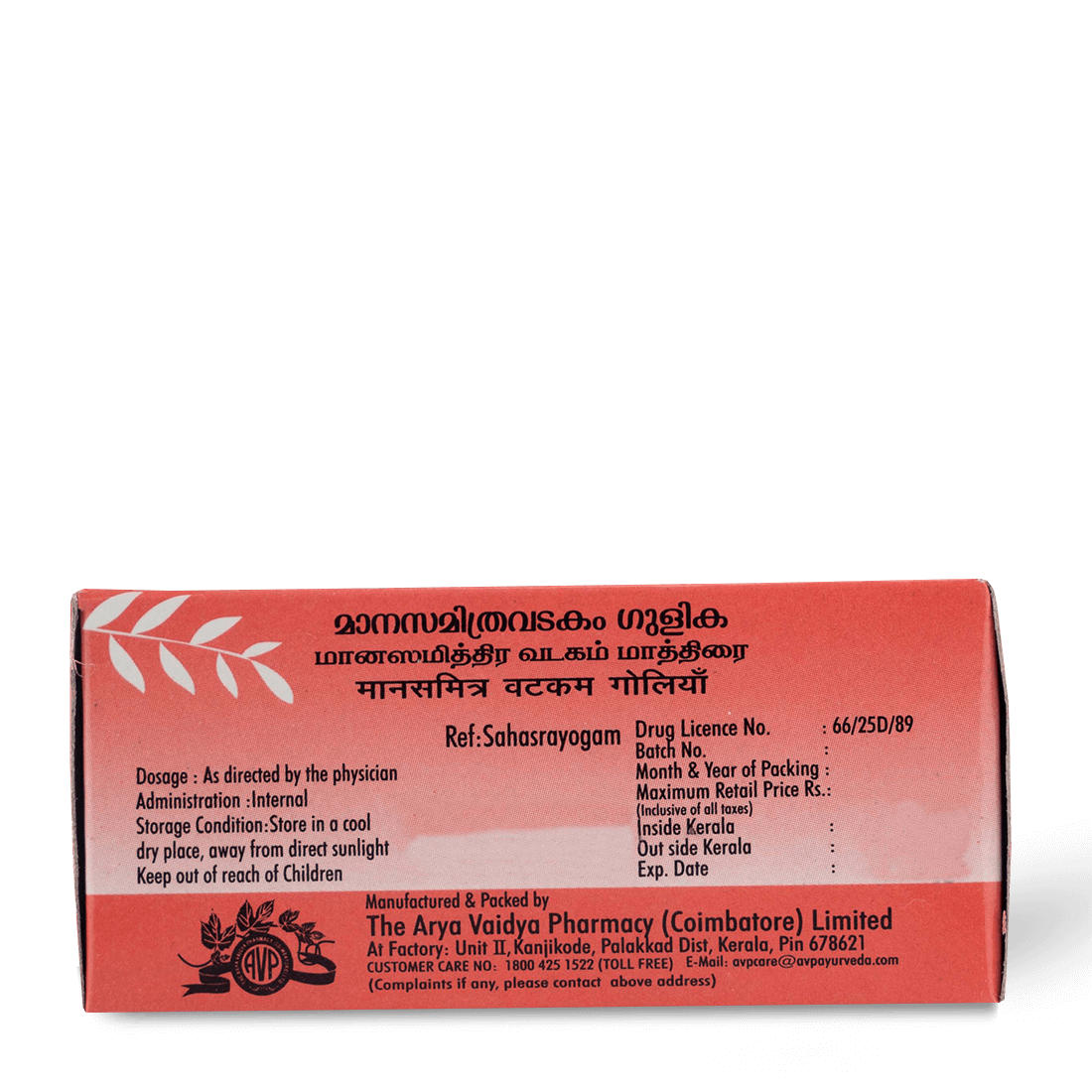Have you heard about the innovative 3-2-2 schedule and want to know more about its benefits and how it works? If so, this blog is just for you. A 3-2-2 schedule is a unique system where employees work for three days, off for two days, work for two days, and then have two days off. This schedule offers a perfect balance between work and leisure, providing employees with more extended weekends and increased downtime in between workdays. In this article, we will delve into the intricacies of a 3-2-2 schedule, explore its advantages for both employers and employees, and discuss how implementing this schedule can lead to improved productivity and work-life balance. Let’s unlock all the benefits of a 3-2-2 schedule together!
Introduction to 3-2-2 Schedule
A 3-2-2 schedule, also known as a ‘3 days on, 2 days off, 2 days on’ schedule, is gaining popularity in various industries due to its unique work-life balance benefits. This scheduling system allows employees to work for three consecutive days, followed by two rest days, and then return to work for another two days before enjoying another two days off. The arrangement provides workers with extended periods of rest without affecting productivity or operational efficiency.
Advantages of a 3-2-2 Schedule
One of the key benefits of a 3-2-2 schedule is the increased time off, which can lead to improved employee morale and job satisfaction. This improved well-being often translates to higher productivity levels during workdays, as employees feel more rested and motivated. Additionally, the extra days off allow for better work-life balance, giving individuals more time to pursue personal activities, hobbies, and spend quality time with loved ones.
Moreover, the 3-2-2 schedule can also benefit companies by reducing absenteeism and turnover rates. Employees are less likely to experience burnout or fatigue with the regular breaks, leading to lower instances of sick leaves or resignations. This, in turn, contributes to a more stable workforce and better overall team dynamics.
Implementing a 3-2-2 Schedule Effectively
When transitioning to a 3-2-2 schedule, clear communication and detailed planning are essential. Employers should involve employees in the decision-making process and address any concerns or questions they may have regarding the new schedule. Setting clear expectations, providing adequate training, and monitoring the impact of the schedule change on productivity are also crucial steps in ensuring a successful implementation.
It is important for organizations to regularly evaluate the effectiveness of the 3-2-2 schedule and make adjustments as needed based on feedback from employees and performance metrics. Flexibility and adaptability are key to fine-tuning the schedule to best suit the needs of both the workforce and the business objectives.

Understanding the Concept
When it comes to understanding the 3-2-2 schedule, it refers to a unique work schedule where employees work 3 days in the office, followed by 2 days off, and then 2 days working from home. This schedule aims to offer a balance between in-office collaboration and remote work flexibility.
Advantages of a 3-2-2 Schedule
Embracing a 3-2-2 schedule can lead to increased productivity as employees have designated focused workdays without the distraction of daily commutes. Moreover, this model promotes a healthier work-life balance, reducing stress and enhancing overall job satisfaction.
Enhanced Employee Engagement
Implementing a 3-2-2 schedule can boost employee engagement through improved morale and job motivation. With the flexibility to work remotely for part of the week, employees feel empowered and appreciated by their employers.
- Increased job satisfaction
- Higher retention rates
- Better work-life integration
Benefits of a 3-2-2 Schedule
A 3-2-2 schedule, where employees work three 12-hour days, followed by two days off, and then two more 12-hour days, offers various advantages for both employees and employers.
Improved Work-Life Balance
Employees benefit from having more consecutive days off, allowing for better work-life balance and increased time for personal activities.
This schedule helps prevent burnout and boosts morale, leading to higher job satisfaction according to recent studies.
Enhanced Productivity
The longer workdays allow employees to have longer periods of uninterrupted focus, which can lead to increased productivity and efficiency.
- Research indicates that 12-hour shifts can result in less wasted time transitioning in and out of work mode.

Implementing a 3-2-2 Schedule in Your Routine
Integrating a 3-2-2 schedule into your routine can bring about a significant shift in your productivity and work-life balance. This schedule model entails working for three days, followed by two days off, then working for another two days before enjoying a two-day break. It offers a balanced approach to work and rest, allowing individuals to recharge regularly.
Benefits of a 3-2-2 Schedule
Embracing a 3-2-2 schedule can lead to increased productivity and efficiency. The regular breaks enable individuals to maintain a high level of focus during working days. Additionally, this schedule provides more extended periods for relaxation, ultimately reducing burnout and enhancing overall well-being. Try it out for increased effectiveness!
Adapting to the 3-2-2 Routine
To successfully transition to a 3-2-2 schedule, it’s essential to plan your workload efficiently. Prioritize tasks based on their deadline and complexity, ensuring you make the most of your workdays. Additionally, communicate your new schedule with colleagues to streamline collaboration and maintain productivity. Your adaptability will be key to the success of this routine.
Success Stories of Companies Utilizing a 3-2-2 Schedule
Implementing a 3-2-2 schedule has proven to be beneficial for many companies, allowing for increased productivity and employee satisfaction. One success story comes from Company X, which saw a 15% boost in overall efficiency within the first month of switching to this innovative schedule.
Increased Employee Engagement
Company X reported that employees were more engaged and motivated at work, leading to a 20% reduction in absenteeism and a noticeable improvement in teamwork dynamics.
Moreover, the flexibility of the 3-2-2 schedule allowed employees to better balance work and personal commitments, resulting in a happier and more committed workforce.
Boost in Company Profitability
Another remarkable success story comes from Company Y, which experienced a significant increase in profitability after transitioning to a 3-2-2 schedule. This new structure enabled employees to focus better on tasks, leading to a 25% growth in sales within the first quarter.
The enhanced work-life balance offered by the 3-2-2 schedule also contributed to a reduction in employee turnover, saving Company Y substantial recruitment costs.
Challenges and Solutions
In understanding what is a 3-2-2 schedule, companies may encounter various challenges but can implement effective solutions to overcome them.
Employee Adaptation
One major challenge is ensuring smooth employee adaptation to the new schedule. To address this, companies can conduct training sessions and provide clear communication regarding the schedule’s benefits.
Productivity Concerns
Boosting productivity under a 3-2-2 schedule can be daunting. Organizations should focus on setting realistic goals and implementing efficient time management strategies.
- Introduce task prioritization techniques
- Encourage regular breaks to maintain focus
Frequently Asked Questions
- What is a 3-2-2 schedule?
- A 3-2-2 schedule is a work schedule where employees work 3 days, have 2 days off, and then work 2 more days before having another 3 days off.
- What are the benefits of a 3-2-2 schedule?
- Some benefits of a 3-2-2 schedule include better work-life balance, more consecutive days off, reduced commuting frequency, and increased productivity due to longer work days and rest days.
- How does a 3-2-2 schedule differ from a traditional 9-5 schedule?
- A 3-2-2 schedule differs from a traditional 9-5 schedule in terms of the number of consecutive workdays, days off, and overall work hours per week. The 3-2-2 schedule offers more consecutive days off and longer workdays.
- Are there industries where a 3-2-2 schedule is more common?
- Yes, industries like healthcare, manufacturing, and emergency services often utilize 3-2-2 schedules to ensure round-the-clock coverage while allowing employees to have extended periods off.
- How can employees adapt to a 3-2-2 schedule?
- To adapt to a 3-2-2 schedule, employees can plan their personal activities on their days off, ensure proper rest and relaxation during longer workdays, and communicate effectively with colleagues to maintain workflow continuity.
Unlocking the Power of the 3-2-2 Schedule
Embracing a 3-2-2 schedule can revolutionize how we approach work-life balance. By understanding what a 3-2-2 schedule entails – three days on, two days off, and two more days on – we can unlock a myriad of benefits.
This innovative approach allows for longer periods of rest and rejuvenation, leading to increased productivity and employee satisfaction. Companies implementing this schedule can experience reduced burnout, higher employee engagement, and improved work quality. Additionally, the flexibility inherent in a 3-2-2 schedule can cater to individual preferences and optimize performance.
As we navigate the evolving landscape of work structures, the 3-2-2 schedule emerges as a promising solution for organizations seeking to prioritize both productivity and employee well-being. By adopting this schedule, businesses can foster a culture of efficiency, creativity, and balance.
